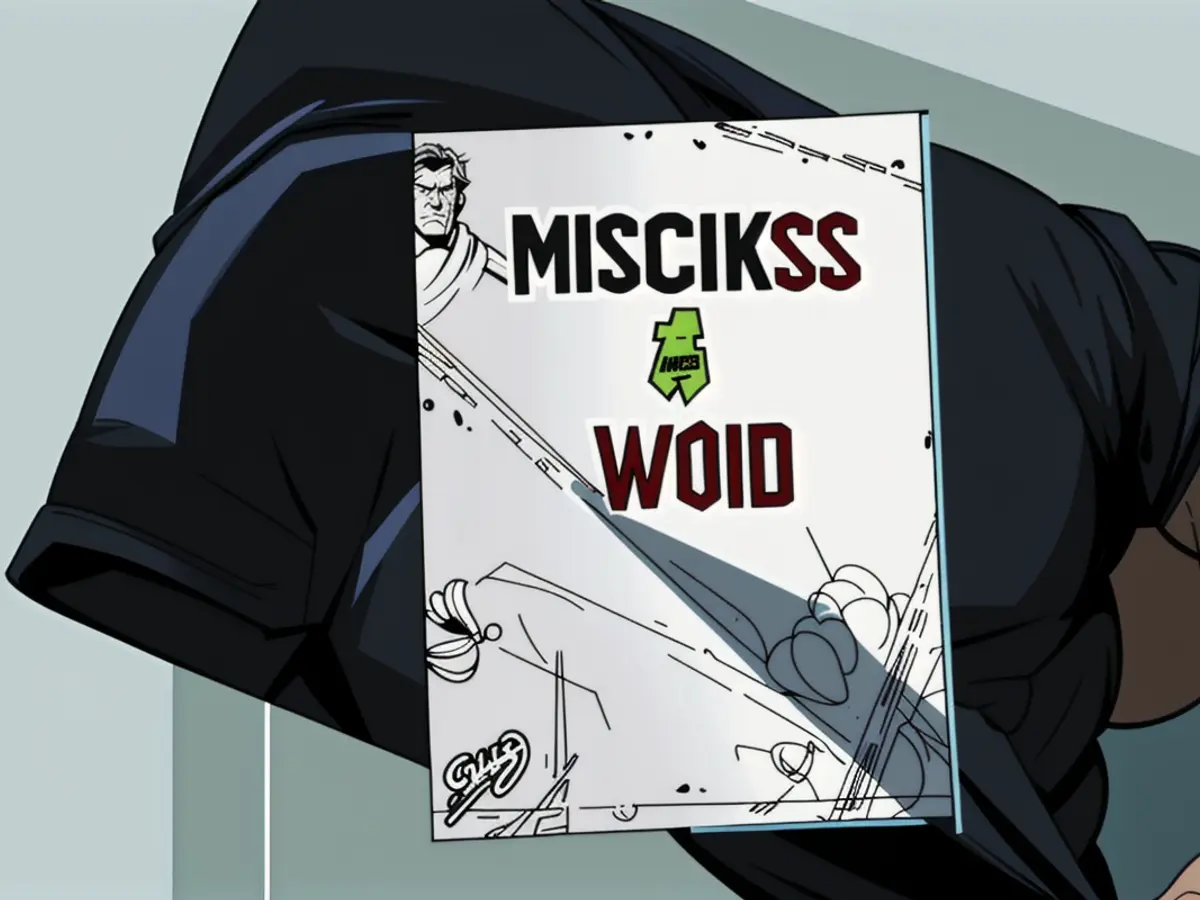Struggling with Job Offers? Potential Employment Blunders Could Be Behind Your Unemployed Status
Struggling to land a job despite meeting most of the requirements? You're not alone in this dilemma. The hiring process can often feel like a labyrinth, with flawed systems, unconscious biases, and outdated practices lurking around every corner. But understanding these common pitfalls can help you position yourself as the best candidate and boost your chances of success.
The Digital Hurdle: Your Resume in the AI Black Hole

One of the most significant hurdles in the job hunt is the application tracking system (ATS). Companies typically employ AI-driven ATS to filter resumes before recruiters even glance at them. These systems rely on exact keywords and job titles, often rejecting candidates who don't match the job posting word-for-word.
you’re not alone. Many qualified candidates struggle to land jobs, even when they meet most of the requirements. The hiring process isn’t always about finding the best person for the job—it’s about navigating flawed systems, unconscious biases, and outdated hiring practices. Understanding these
What's in it for You?
hiring mistakes can help you position yourself as the best candidate and increase your chances of success.
- Ensure your resume uses the exact phrasing from the job description.
- Use simple ATS-friendly formatting with no complex formatting, images, or text boxes.
- Apply through various channels like LinkedIn, referrals, and direct applications.

The Myth of "The Perfect Candidate"
Applicant Tracking Systems (ATS) to filter resumes before a recruiter even looks at them. These systems scan for exact keywords and job titles, often rejecting candidates who don’t match the job posting word-for-word.
Hiring managers often claim they're on the hunt for potential, adaptability, and problem-solving skills. However, they often end up choosing the safest option – someone who ticks every box of the job description.

What's in it for You?
for potential, adaptability, and problem-solving skills. In reality, they tend to choose the safest option—someone who has already done the exact job before.
- Focus on demonstrating impact in your resume and cover letter, showing how you've tackled problems, not just listing duties.
- Address missing qualifications in your cover letter or interview by highlighting relevant experience.
- Get internal referrals whenever possible, as they can sway hiring managers' hesitations.

The Unconscious Bias Problem
in interviews. Hiring managers often make decisions based on how well they can “sell” you to their boss—make their job easier by clearly aligning your experience with the company’s needs.
Many companies claim to hire for skills and potential, but the reality often revolves around favoritism over innovation.

What's in it for You?
resume could be perfect, but if no one at the company knows you, you may not get an interview.
- If you’re seen as too junior or overqualified, reframe your narrative to reassure employers.
- Use LinkedIn to build credibility, engage with industry content, and position yourself as an expert.
- Be strategic during interviews. Frequently, hiring managers make decisions based on how well you can sell yourself – make their job easier by showing how your experiences align with the company's needs.
The Networking Gap
Google Will Delete My Gmail And Photos On April 3—How To Save Yours
80% of jobs are filled through networking. Applying for a job solely online often leaves you at a disadvantage.
State Street Drops Corporate Board Diversity Requirement: Here Are All The Companies Cutting DEI Programs
What's in it for You?
Physical Attacks Against Bitcoin Holders Surge As BTC Price Rises
- Reach out to current employees on LinkedIn for informational interviews.
- Attend industry events and webinars where hiring managers are present.
- Send polite follow-up emails to show interest and reinforce your fit for the role.
pass AI filters, showcase impact over rigid qualifications, address hiring biases, and leverage networking to get past gatekeepers. Hiring isn’t just about being qualified—it’s about understanding how decisions are made and positioning yourself accordingly.
Navigating the hiring process is no easy task, but with the right approach, you can increase your chances of success. Don’t let flawed systems or biases stop you – take control of your job search and kickstart your career journey.
- To improve your chances of passing AI filters in the job application process, ensure that your resume uses the exact phrasing from the job description.
- If you're worried about job market trends and the impact of hiring biases on your chances of getting hired, consider leveraging networking to reach out to current employees for informational interviews or attend industry events where hiring managers are present.
- Understanding hiring mistakes, such as relying too heavily on ATS filters and favoring the safest option rather than potential, can help you position yourself as the best candidate by demonstrating impact in your resume and cover letter, and addressing missing qualifications in your cover letter or interview.






